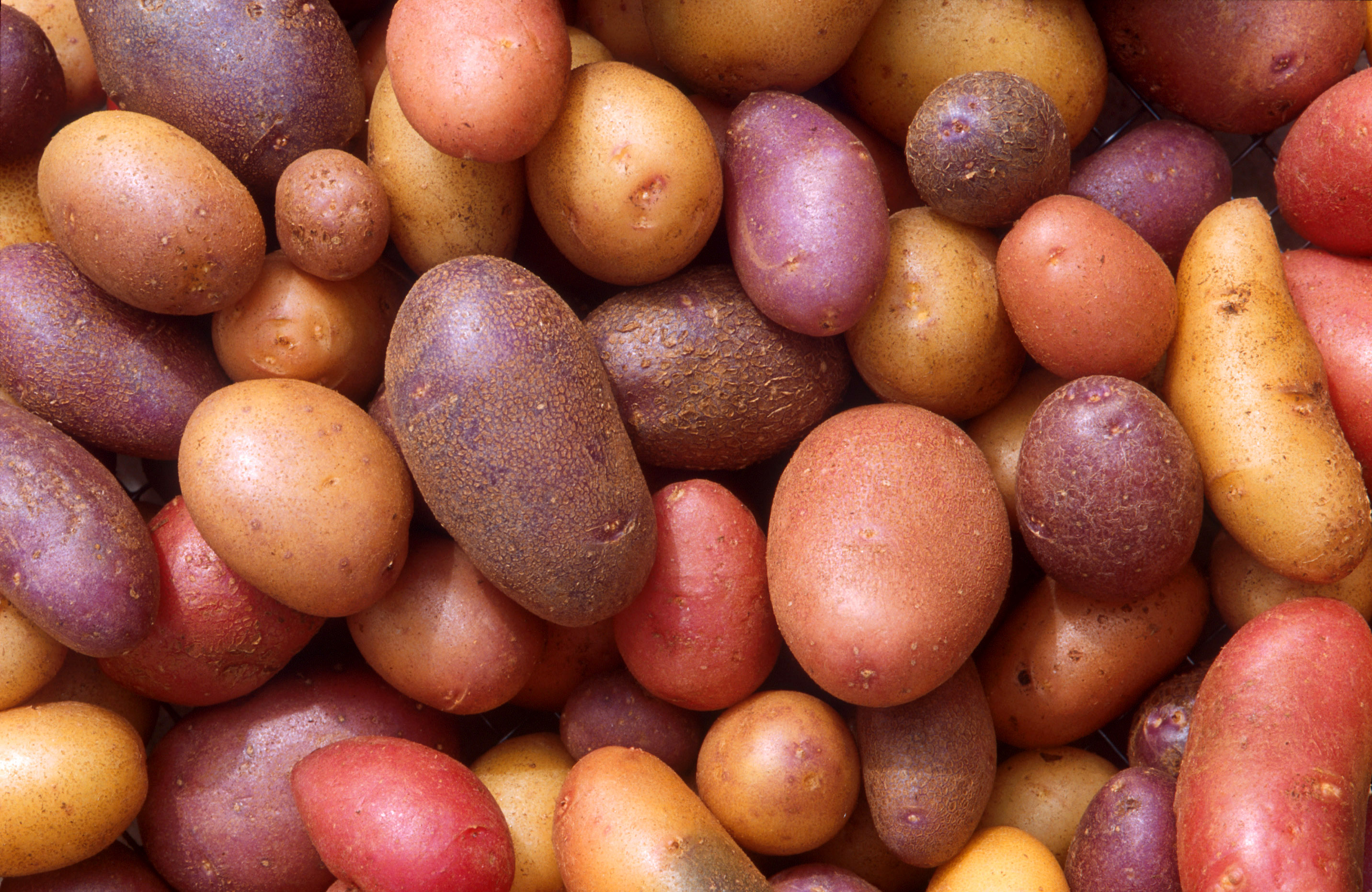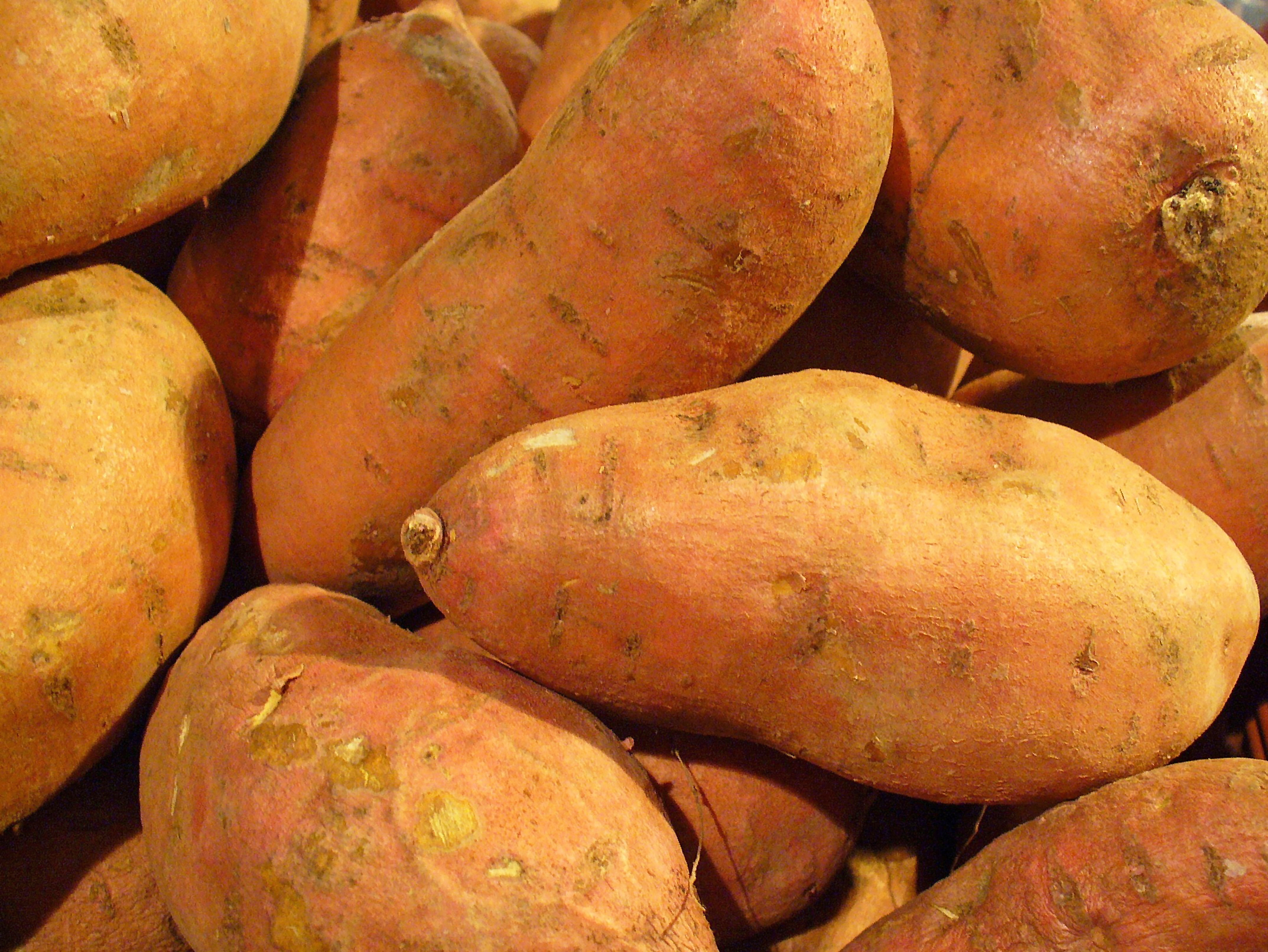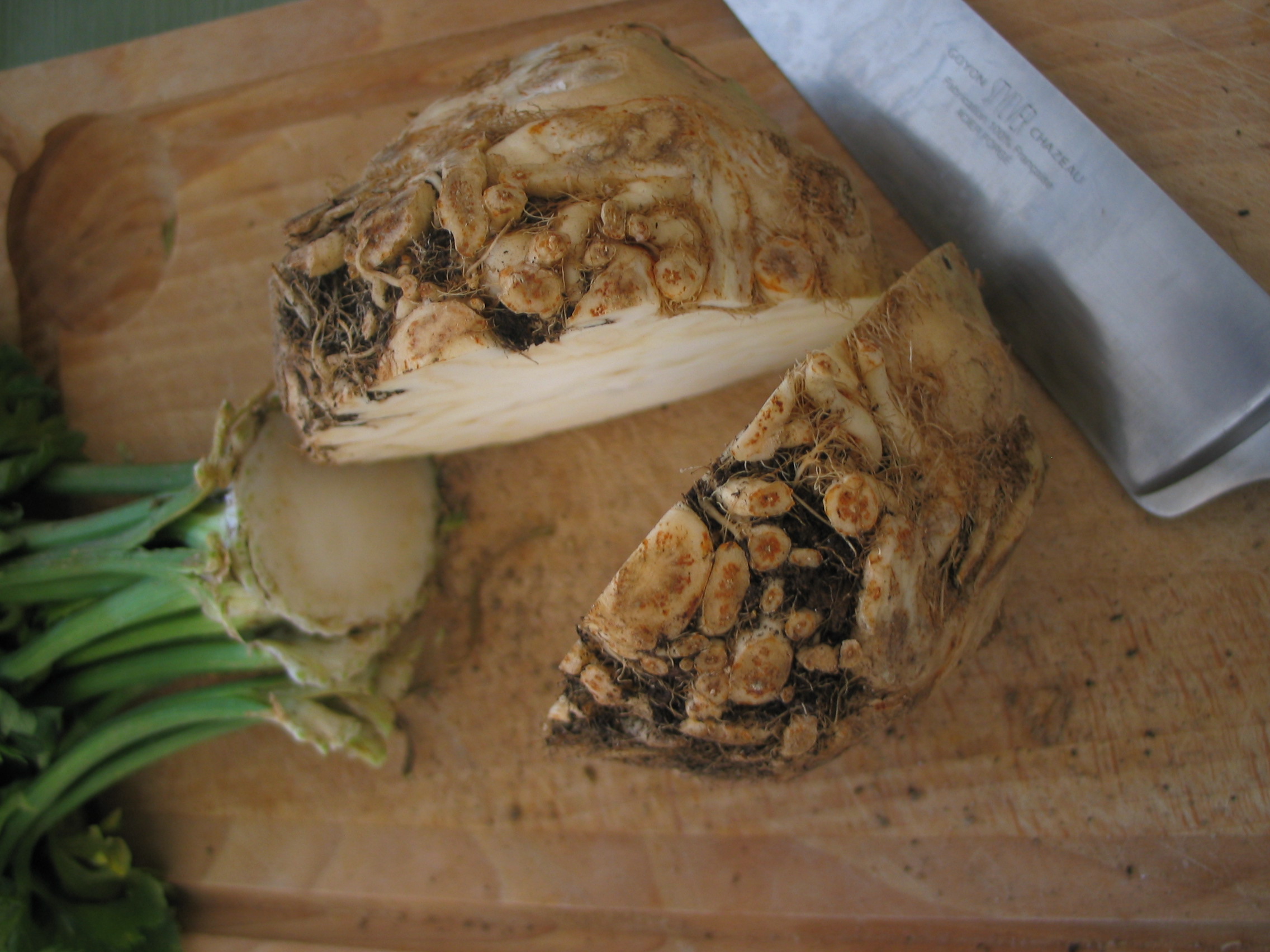Potato vs Sweet Potato vs Celeriac: A Nutritional Guide for Type 2 Diabetes
Introduction
When managing type 2 diabetes, understanding the nutritional profiles of common root vegetables can aid in making informed dietary choices. Potatoes, sweet potatoes, and celeriac are three popular options, each with unique health benefits and limitations for blood sugar regulation.
1. The Classic Potato

The potato is a starchy root vegetable packed with carbohydrates, which can make it challenging for people with type 2 diabetes to consume without experiencing blood sugar spikes. However, potatoes also offer essential nutrients, such as vitamin C, potassium, and a small amount of protein. Eating potatoes in moderation and pairing them with high-fibre foods can help mitigate the impact on blood glucose.
2. Sweet Potato: The Nutrient Powerhouse

Sweet potatoes are known for their vibrant orange flesh and are packed with fibre, vitamins, and minerals, including vitamin A, potassium, and vitamin C. Unlike regular potatoes, sweet potatoes have a lower glycaemic index (GI), making them a more suitable option for managing blood sugar levels. The fibre content also helps slow carbohydrate absorption, supporting stable glucose levels.
3. Celeriac: The Low-Carb Alternative

Celeriac, or celery root, is a low-carb vegetable that makes a fantastic potato alternative for those with type 2 diabetes. Celeriac contains fewer calories and carbohydrates, while offering a decent amount of fibre and vitamins like vitamin C and vitamin K. Its mild flavour and starchy texture make it an excellent substitute in mashed or roasted dishes without the glycaemic load of potatoes.
Nutritional Profile
The table below compares the nutritional values of potatoes, sweet potatoes, and celeriac per 100 grams:
| Nutrient | Potato | Sweet Potato | Celeriac |
|---|---|---|---|
| Calories (kcal) | 77 | 86 | 42 |
| Carbohydrates (g) | 17.5 | 20.1 | 9.2 |
| Dietary Fibre (g) | 2.2 | 3.0 | 1.8 |
| Sugars (g) | 0.8 | 4.2 | 1.6 |
| Protein (g) | 2.0 | 1.6 | 1.5 |
| Fat (g) | 0.1 | 0.1 | 0.3 |
| Vitamin C (mg) | 19.7 | 2.4 | 8.0 |
| Potassium (mg) | 425 | 337 | 300 |
| Calcium (mg) | 12 | 30 | 40 |
| Iron (mg) | 0.8 | 0.6 | 0.7 |
Conclusion
When managing type 2 diabetes, celeriac emerges as the most suitable option among these three vegetables. Its low carbohydrate content and minimal impact on blood glucose make it a smart choice for maintaining stable blood sugar levels. Sweet potatoes, with their lower glycaemic index and fibre-rich profile, can also be enjoyed in moderation. Regular potatoes, however, are best limited or paired with other high-fibre foods to reduce their glycaemic impact.
For those with type 2 diabetes, celeriac can be eaten more freely, while sweet potatoes should be enjoyed in portions of about 75-100 grams. Regular potatoes should be consumed sparingly, ideally no more than 50-75 grams per meal and combined with a source of protein or fibre to moderate blood sugar responses.